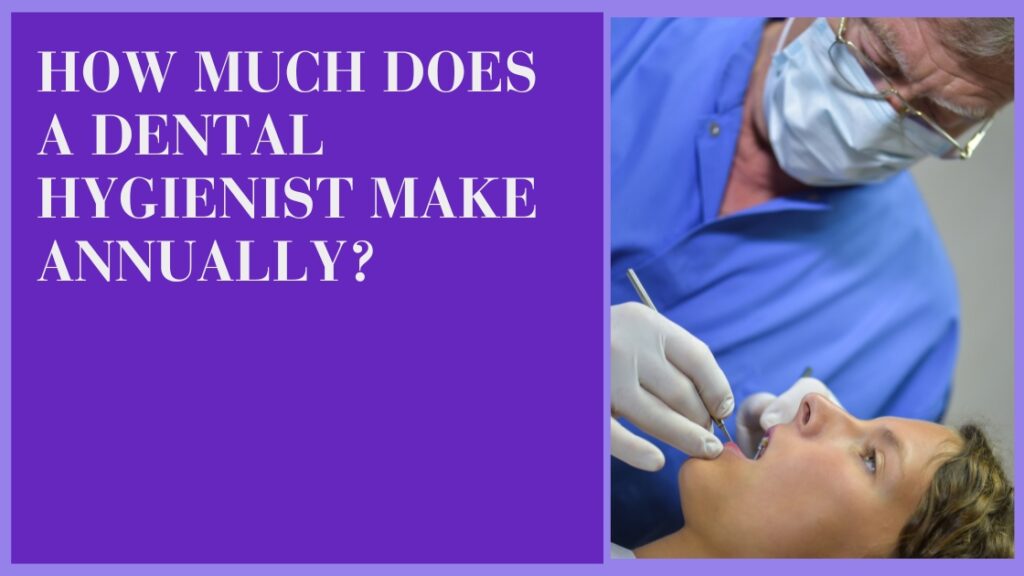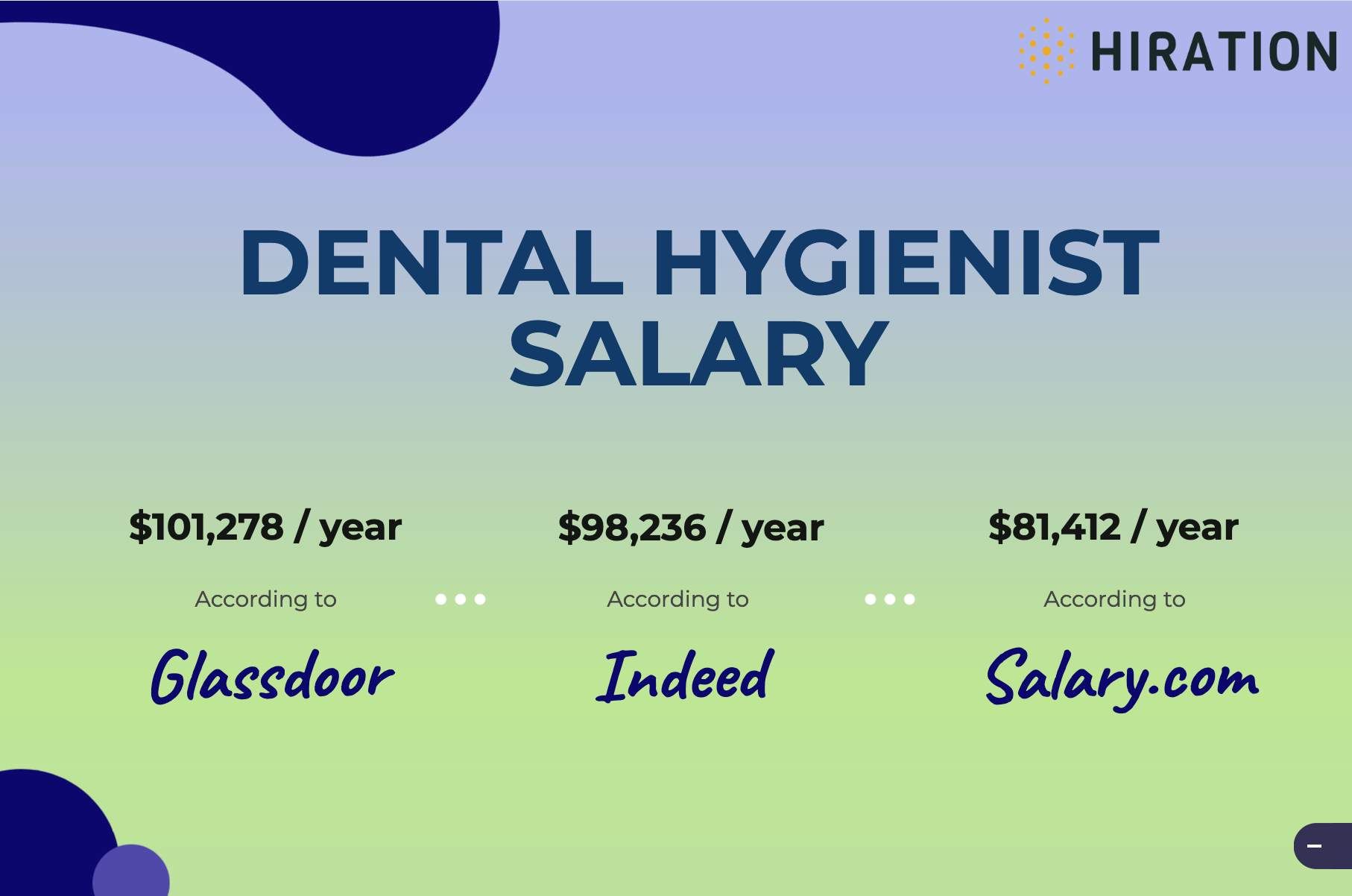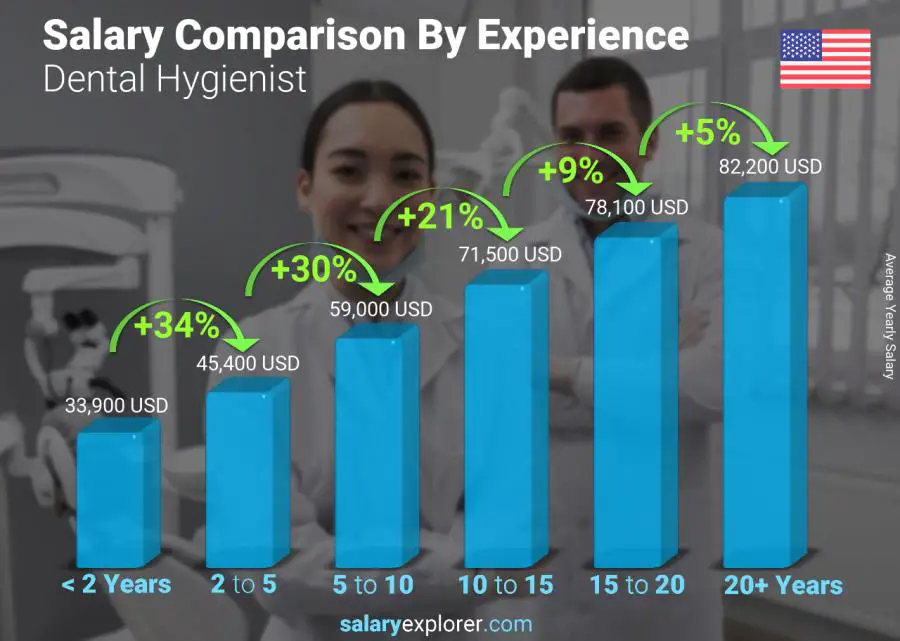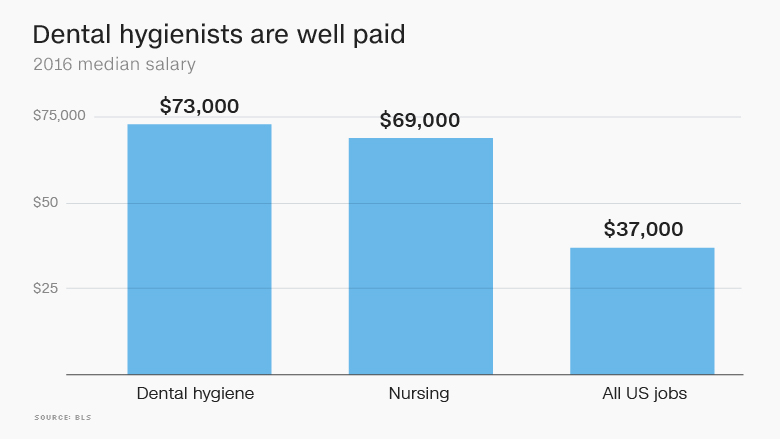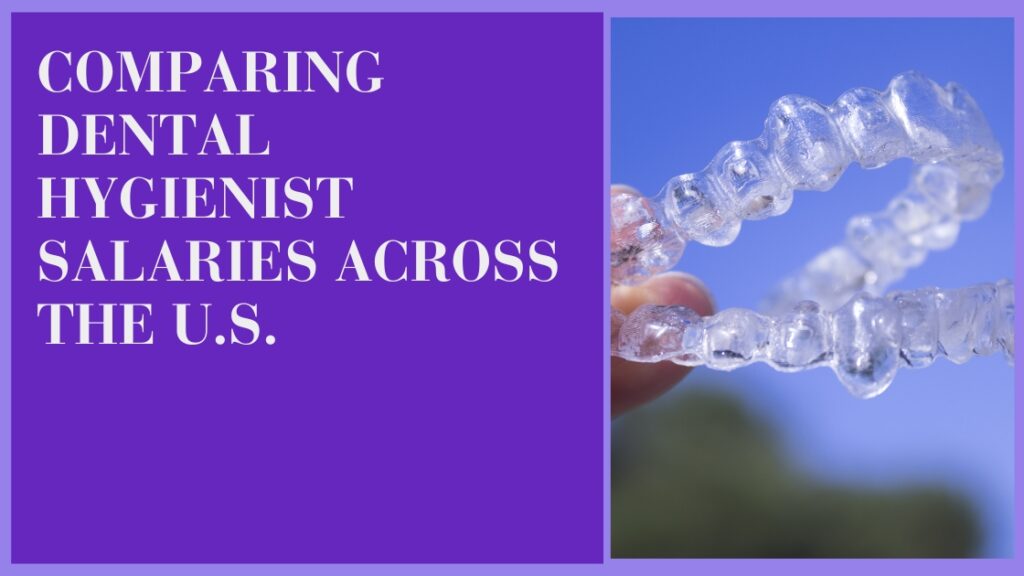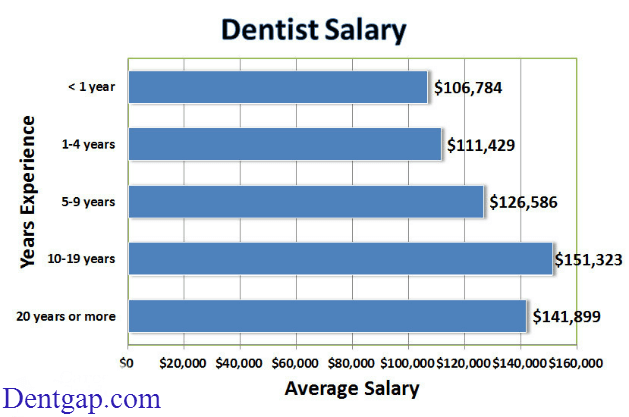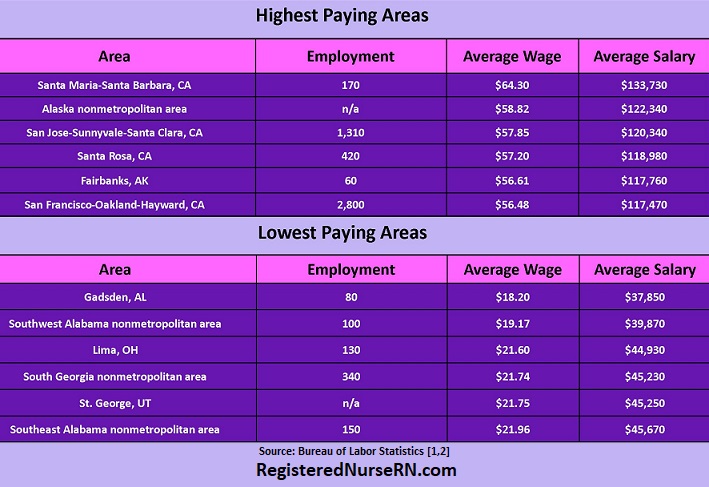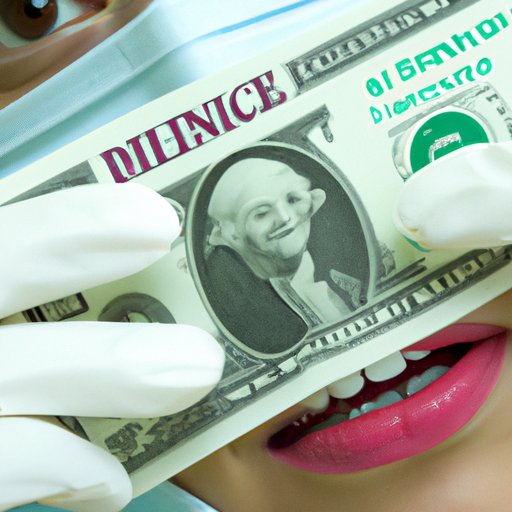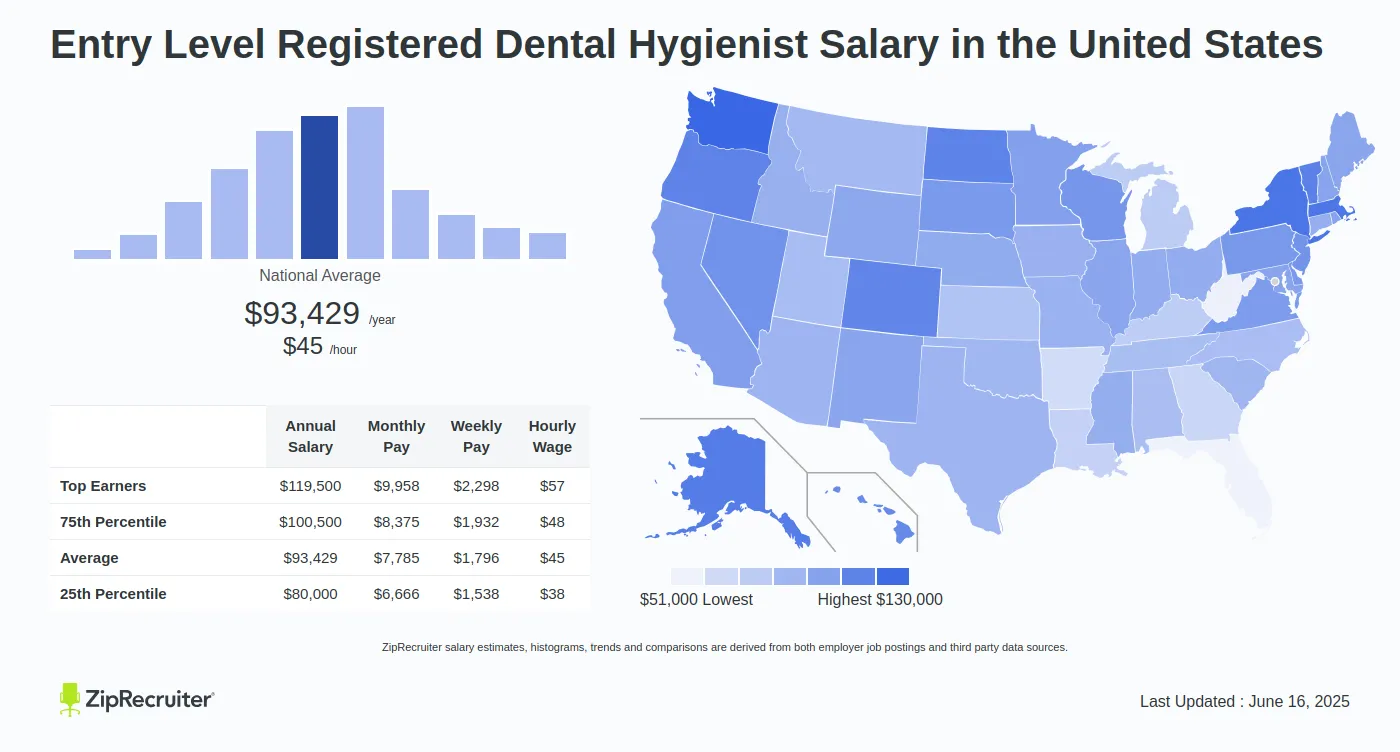How Much Does A Dental Hygienist Make Yearly
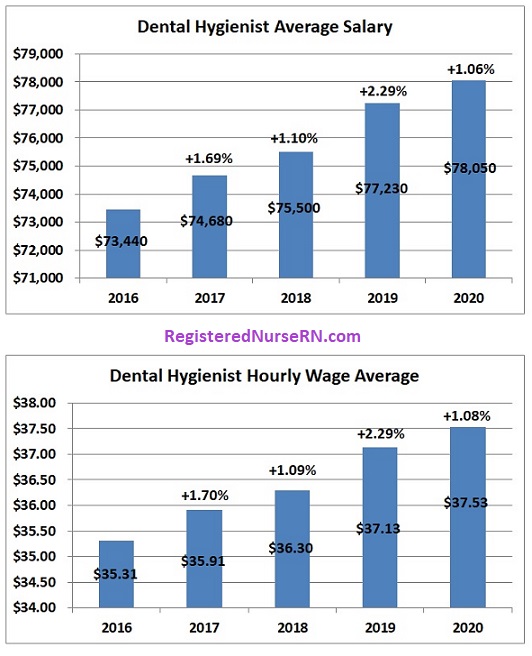
The crisp, clean feeling after a dental cleaning is a small luxury, but behind that healthy smile is a dedicated professional. Dental hygienists, the unsung heroes of oral health, play a crucial role in preventative care. But what kind of financial reward can one expect from this vital healthcare position?
This article delves into the earnings of dental hygienists across the United States, examining factors influencing salary, regional variations, and the career outlook for this essential profession. We'll dissect data from the Bureau of Labor Statistics (BLS) and other reliable sources to paint a comprehensive picture of the financial landscape for dental hygienists.
National Averages and Key Data Points
According to the Bureau of Labor Statistics (BLS), the median annual wage for dental hygienists in May 2023 was $87,530. This figure signifies the midpoint of earnings, with half of dental hygienists earning more and half earning less.
However, this is just an average; actual salaries can vary widely based on several factors. The BLS also reports that the highest 10 percent earned more than $122,160, while the lowest 10 percent earned less than $61,790 annually.
Factors Influencing Salary
Several key elements contribute to the salary range observed for dental hygienists. Years of experience is a significant driver, with seasoned professionals typically commanding higher wages.
Geographic location also plays a vital role, with states and metropolitan areas boasting higher costs of living generally offering more competitive salaries. The type of employment setting, whether a private practice, corporate dental chain, or public health clinic, can also influence earning potential.
Geographic Variations
The cost of living significantly impacts dental hygienist salaries across different states. States with the highest median annual wages in 2023, according to the BLS, included Maine, Alaska, California, New Jersey, and Oregon.
Conversely, states with lower median wages might reflect a lower cost of living or a different demand for dental hygiene services.
Metropolitan areas often present a more nuanced picture, with some cities offering premium pay due to high demand and a competitive job market. Data from the BLS showcases varied earnings within different regions.
Experience and Education
Entry-level dental hygienists typically start at the lower end of the pay scale, gradually increasing their earnings with experience. Those who pursue further education, such as a bachelor's or master's degree in dental hygiene or a related field, may open doors to specialized roles and higher salaries.
Specializations like pediatric dental hygiene or working with patients with special needs can also lead to increased earning potential.
Employment Setting
Private dental practices are the most common employment setting for dental hygienists. However, other options include corporate dental chains, public health clinics, schools, and research institutions.
Salaries can vary depending on the profitability and business model of the employer. Corporate settings sometimes offer competitive benefits packages in addition to base pay.
The Future Outlook for Dental Hygienists
The job outlook for dental hygienists is projected to be positive. The BLS projects a growth of 7 percent from 2022 to 2032, which is about as fast as the average for all occupations.
This growth is driven by an aging population and increasing awareness of the importance of preventative dental care. As the demand for dental services rises, the need for qualified dental hygienists will continue to grow.
Choosing a career as a dental hygienist offers a stable and rewarding path. While salary expectations should be tempered by factors like location and experience, the overall outlook remains strong. With a focus on patient care and continued professional development, dental hygienists can find both financial security and personal fulfillment in this vital healthcare profession.
